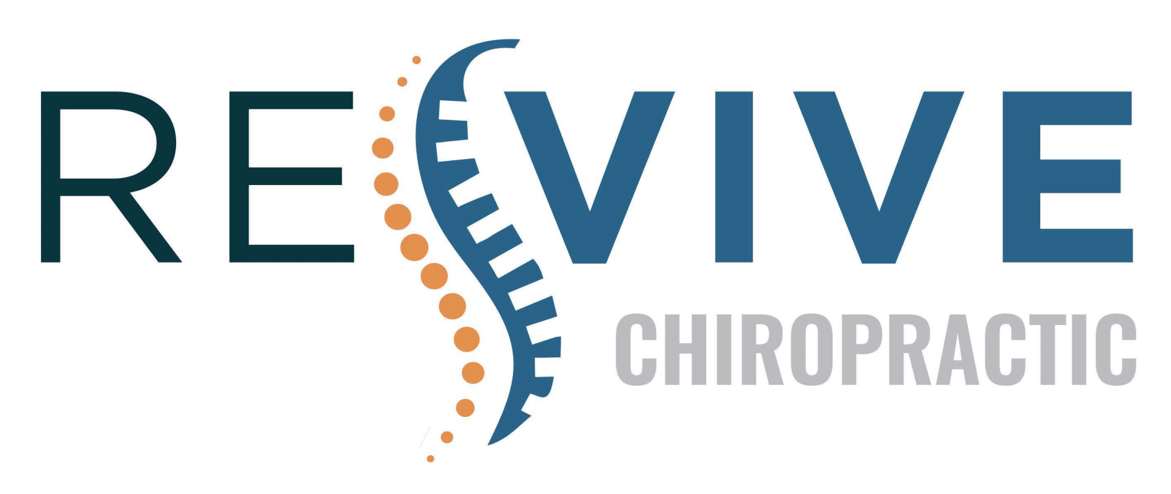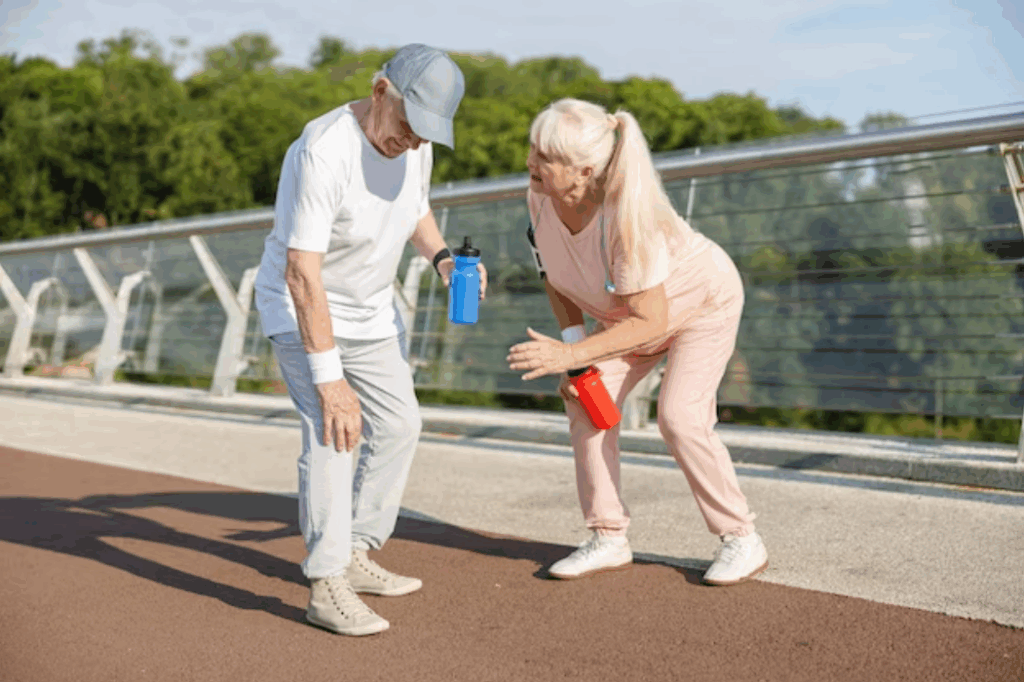You might be surprised to learn that around 75% of athletes find significant relief through alternative pain management methods. These approaches—ranging from acupuncture to chiropractic care—are gaining traction not just for pain alleviation but also for enhancing overall performance. Athletes often report faster recovery times and a more balanced state of mind. But what exactly drives these benefits, and how are these methods being integrated into training routines? The answers might change the way you think about pain management in sports.
Understanding Alternative Pain Relief
When considering pain relief options, you might find that alternative methods offer effective solutions beyond traditional medications. These approaches can help you manage pain more holistically, addressing not just the symptoms but also the underlying causes.
Understanding alternative pain relief starts with recognizing the various techniques available, each tailored to meet individual needs.
You may want to explore methods like acupuncture, which involves inserting thin needles into specific points on the body to stimulate healing and alleviate pain. This ancient practice can help release endorphins, your body's natural painkillers, promoting relaxation and relief.
Another option is massage therapy, which can reduce muscle tension and improve circulation. Regular sessions can enhance your recovery process, making you feel more agile and less burdened by pain.
Techniques like deep tissue or sports massage can be particularly beneficial for athletes, targeting specific areas of discomfort.
You might also consider physical therapy, where trained professionals guide you through exercises that strengthen your body and improve flexibility. This proactive approach not only helps alleviate pain but also prevents future injuries.
Lastly, mind-body techniques such as meditation or yoga can play a significant role in pain management. They encourage you to focus on your breath and body, reducing stress and enhancing overall well-being.
Popular Holistic Therapies
Holistic therapies are increasingly popular among athletes seeking natural pain relief and improved performance. These therapies focus on the whole person—mind, body, and spirit—rather than solely addressing physical symptoms. You might find various options that can help you manage pain and enhance your athletic abilities.
One popular holistic therapy is massage therapy. It can relieve muscle tension, promote relaxation, and improve circulation. Many athletes use deep tissue or sports massage to target specific areas of discomfort. You'll likely feel rejuvenated and more flexible after a session.
Another effective option is yoga, which not only improves flexibility and balance but also helps reduce stress. Combining physical postures with breath control, yoga can enhance your focus and mental clarity, essential components for peak performance. You might even discover that regular practice helps prevent injuries.
Aromatherapy is also gaining traction among athletes. Essential oils like lavender and eucalyptus can promote relaxation and reduce inflammation. You can use a diffuser or add oils to your bath for a soothing experience after a rigorous workout.
Lastly, nutritional therapy plays an important role in holistic health. By focusing on a balanced diet rich in whole foods, you can boost your energy levels and support recovery. Incorporating anti-inflammatory foods can reduce pain and enhance your overall well-being.
Exploring these holistic therapies can lead to a more balanced approach to your training, allowing you to perform at your best while minimizing reliance on medications.
Benefits of Acupuncture
Acupuncture offers athletes a powerful tool for pain relief and recovery, utilizing fine needles inserted at specific points to stimulate the body's healing processes. This ancient practice can help you manage pain, reduce inflammation, and enhance your overall performance. When you're pushing your body to its limits, acupuncture can be a game-changer.
One of the primary benefits of acupuncture is its ability to alleviate chronic and acute pain. Whether you're dealing with a nagging injury or post-workout soreness, the targeted stimulation can help release endorphins and other natural pain-relieving chemicals in your body. This means you can get back to training faster and with less discomfort.
Additionally, acupuncture can improve blood circulation, which promotes healing in injured tissues. Better circulation means more oxygen and nutrients reach your muscles, aiding in recovery and reducing downtime. As an athlete, this is essential for maintaining peak performance levels.
Moreover, acupuncture can help with stress relief and mental clarity. The demands of training and competition can weigh heavily on you, leading to anxiety and fatigue. By addressing these mental barriers, acupuncture can enhance your focus and motivation, allowing you to perform at your best when it counts.
Finally, incorporating acupuncture into your routine can lead to improved flexibility and range of motion. This can be particularly beneficial if you're looking to prevent injuries and maintain your body's best function.
The Role of Chiropractic Care
Chiropractic care complements acupuncture by focusing on the musculoskeletal system to address pain and improve function. If you're an athlete dealing with discomfort, chiropractic adjustments can be a game-changer. These adjustments help realign your spine and joints, promoting better movement and reducing inflammation.
You'll find that a well-aligned body can enhance your overall performance, allowing you to train more effectively and recover faster.
When you visit a chiropractor, they'll assess your posture, range of motion, and any areas of tension or pain. With this information, they'll develop a personalized treatment plan that may incorporate manual adjustments, soft tissue therapy, and specific exercises tailored to your needs.
This holistic approach not only alleviates pain but also addresses underlying issues that could lead to injuries in the future.
One of the significant advantages of chiropractic care is its emphasis on prevention. Regular chiropractic visits can help you maintain ideal alignment, which is essential for peak performance.
You'll likely notice improved flexibility and strength, making it easier to push your limits without the fear of injury.
Moreover, chiropractic care is a drug-free alternative, which means you won't have to rely on pain medications that can come with unwanted side effects.
By integrating chiropractic care into your training routine, you can foster a healthier, more resilient body that's ready to take on any challenge.
Exploring Herbal Remedies
When it comes to managing pain, you might want to contemplate herbal remedies as a natural alternative.
Many athletes find popular options like turmeric and ginger beneficial for reducing inflammation and discomfort.
Let's explore how these remedies can fit into your recovery routine.
Popular Herbal Options
Athletes often seek alternative methods to manage pain, and herbal remedies have gained popularity for their natural properties. If you're looking for options, several herbs stand out for their potential effectiveness.
Turmeric, with its active compound curcumin, is well-known for its anti-inflammatory benefits. You can incorporate it into your diet through teas or supplements.
Ginger is another powerful option; it's not only tasty but also helps alleviate pain and reduce soreness.
Willow bark has been used for centuries to relieve pain, particularly headaches and muscle discomfort. You might find it in tea form or as a supplement.
Additionally, devil's claw is gaining traction among athletes for its analgesic properties, making it a strong contender for managing pain.
If you're considering topical applications, arnica is a popular choice. This herb is often used in creams or gels to relieve muscle aches and bruises.
Finally, you might explore the benefits of boswellia, known for its anti-inflammatory effects, often available in capsule form.
Always consult with a healthcare professional before trying new remedies to verify they're right for you.
Benefits of Herbal Remedies
Many athletes find significant relief from pain through herbal remedies, which offer a range of benefits beyond just soothing discomfort. These natural options can enhance your overall well-being, helping you stay focused and energized during training and competition.
One key advantage is that herbal remedies often come with fewer side effects compared to traditional pharmaceuticals. You're less likely to experience the stomach issues or fatigue that can accompany over-the-counter painkillers.
Additionally, many herbs possess anti-inflammatory properties, which can help speed up recovery and reduce swelling. Herbal remedies can also support your immune system, ensuring you stay healthy and ready to perform.
For instance, adaptogens like ashwagandha and ginseng can help your body cope with stress, aiding in better recovery and improved performance.
Moreover, using herbal remedies can foster a stronger mind-body connection. When you incorporate them into your routine, you might develop a greater awareness of your body's needs, promoting a holistic approach to your training.
Athlete Testimonials and Experiences
Over the years, countless athletes have turned to alternative pain relief methods, sharing their transformative experiences along the way. You might find inspiration in their stories, as many have faced the same challenges you do.
For instance, a professional runner recently recounted how incorporating acupuncture into her training routine allowed her to manage chronic knee pain effectively. She felt a significant reduction in discomfort, which not only improved her performance but also boosted her confidence.
Another athlete, a weightlifter, shared his journey with CBD oil. After struggling with persistent muscle soreness, he decided to give it a try. He was pleasantly surprised when he noticed a marked improvement in recovery time and overall well-being. He now swears by it, stating that it's become an essential part of his post-workout regimen.
A swimmer also opened up about her experience with mindfulness and meditation techniques. She found that integrating these practices into her daily routine helped her not only combat physical pain but also manage the psychological stress that comes with intense training.
The clarity it brought allowed her to focus better, both in and out of the pool. These testimonials highlight a common theme: alternative pain relief methods can provide relief and enhance performance.
You might resonate with these experiences and consider exploring similar options as part of your journey. Just remember, every athlete's path is unique, and finding what works for you can lead to remarkable improvements.
Integrating Alternative Methods
When you're looking to incorporate alternative pain relief methods into your routine, it's crucial to blend them seamlessly with your existing training regimen. Start by identifying which methods resonate with you—whether it's acupuncture, massage therapy, or herbal supplements. Each of these can complement your physical training and help manage pain without disrupting your focus.
Try to introduce one method at a time. For instance, if you're considering acupuncture, schedule a session on a rest day or after a lighter workout. This way, you can gauge how your body responds without interfering with your performance during intense training days.
You should also communicate with your coaches and trainers about the alternative methods you're exploring. They can provide valuable insight and help adjust your training plan accordingly. Collaboration guarantees that everyone is on the same page, maximizing the effectiveness of your regimen.
Tracking your progress is key. Keep a journal to note how each alternative method affects your pain levels, performance, and overall well-being. This can help you determine which techniques work best for you and guide future decisions.
Lastly, don't forget to listen to your body. If a method isn't providing the relief you hoped for, it's okay to pivot to something else. Integrating alternative pain relief methods isn't a one-size-fits-all approach; what matters is finding the right mix that enhances your performance and keeps you in the game.
Future of Pain Management in Sports
The future of pain management in sports is rapidly evolving, driven by advances in technology and a deeper understanding of the human body. You're likely to see more athletes embracing innovative methods that prioritize safety and efficacy.
As the sports industry continues to explore alternative pain relief options, your options as an athlete will expand markedly.
Imagine utilizing cutting-edge techniques that not only relieve pain but also enhance your performance. The integration of these approaches will transform the way you train and recover.
Here are a few trends to watch:
- Wearable Technology: Devices that monitor your body's responses to pain and adjust treatment in real-time, ensuring you receive the most effective care.
- Regenerative Medicine: Techniques like stem cell therapy and platelet-rich plasma (PRP) will become more mainstream, enabling quicker recovery from injuries and chronic pain.
- Mind-Body Practices: Incorporating practices such as yoga and meditation can help you manage pain through mental resilience and physical flexibility.
As the future unfolds, pain management in sports won't just be about alleviating discomfort; it'll focus on optimizing your overall well-being.
With an ever-expanding arsenal of tools at your disposal, you'll find yourself better equipped to handle the physical demands of your sport.
This proactive approach will empower you to push your limits while maintaining a healthier, pain-free lifestyle. Embracing these innovations will redefine your experience as an athlete.
Conclusion
Incorporating alternative pain relief methods can considerably enhance your athletic performance and overall well-being. With 75% of athletes reaping the benefits from therapies like acupuncture, chiropractic care, and herbal remedies, it's clear that these holistic approaches offer more than just pain management. By embracing these techniques, you can improve your recovery times, reduce medication reliance, and achieve greater mental clarity. So, why not explore these options and optimize your training for a balanced, sustainable approach to sports?



